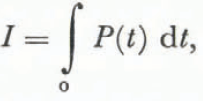1. Introduction
It is commonly known that a large-scale high-speed avalanche of dry snow with an extensive powder component, breaking out in alpine districts in the cold winter season, occasionally shows an extraordinarily powerful destructive force, generating the so-cold “avalanche blast”. It proceeds at high speed, flings up a snow cloud, overwhelms obstacles on the way, and attacks distant places considerably beyond normal expectations, and may cause a serious accident.
The Kurobe canyon in the North Japan Alps, is the district where such terrific avalanches break out most actively in Japan. A number of dreadful accidents have been caused by avalanches there. An avalanche which generates such avalanche blast, is named “hou” (foam) in the Kurobe dialect, together with the blast itself.
2. Historical Background of hou Accidents in the Kurobe Canyon
A study on high-speed avalanches has been carried out in the Kurobe canyon since the winter of 1971-72. The principal purpose of the study is to reveal the features and properties of the large-scale high-speed avalanches to prepare for a future study on the dynamics of the hou. A number of attempts were made to record natural high-speed avalanches. At the same time, information on accidents due to the hou was collected mainly from survivors in that an aspect of an avalanche accident is considered to reflect the avalanche itself.
Until 1920, the precipitous and rugged geographical features allowed access to the Kurobe canyon only to a limited number of hunters, so the general public scarcely encountered the hou except in stories. Then a series of development works to tap the power resources of the Kurobe river attracted workers into the canyon, and as a result terrible accidents caused by the hou began to occur. During the third period of the development project from 1936 to 1940 the hou brought about such horrible accidents as follows:
Udo-dani accident (before dawn, 20 February 1936)
A hou broke out in Udo-dani (“tani” or “dani” meaning a “valley” in Japanese) and blew an iron bridge for a tram-car line, 50 m long and 70 Mg weight, 200 m away to the opposite bank of the kurobe river, sharply cutting off both the ends of the bridge. Simultaneously, the avalanche blast generated by the hou attacked the three-storey wooden living quarters sited on a small hill on the right bank of the valley. It blew the second and third stories horizontally to the Kurobe river, dropping the roof vertically onto the floor of the second storey. It killed one person and injured another seriously beneath a beam of the roof, several others coming off unharmed between the beams. It left no remarkable avalanche deposit around the building site, suggesting that the avalanche blast may have a strong directionality with a width of several metres in this case.
Orio-dani accident (February 1937)
When a hou passed by the exit of a tunnel of Orio-dani, a truck which had been standing still in the tunnel began to run out, just as if it were sucked out. One person was severely injured by the moving truck.
Shiai-dani accident (early dawn, 27 December 1938)
A hou broke out in Shiai-dani and assaulted a sturdy four-storey wooden building of semiunderground construction accommodating workmen on a cliff above the valley at least 20 m higher than the valley bottom even in the snowy season. It blew away the third and fourth stories in pieces together with about 50 workmen sleeping inside, and crushed the first and second stories on the spot, with the result that 84 people were dead or missing. Pieces of the building and of the men inside were scattered over a vast area; some of them were found at the riverside of the Kurobe river to which they had travelled 600 m in the air, over a mountain ridge 20 m higher than the building site.
Azowara-dani accident (afternoon, 9 January 1940)
A hou broke out in Azowara-dani and ran almost straight along the valley down to the Kurobe river without a remarkable overflow. When the hou came out of the narrow valley to an open slope, it generated a powerful avalanche blast. The blast proceeded to the right of the valley, destroyed a thick forest of beech trees 30 cm or more in diameter, and hit a five-storey wooden building with thick stone walls 150 m away from the path of the avalanche. It crushed the building from the roof down to the third storey, trapping 28 people inside. A fire which broke out shortly after the initial collapse burned them to death.
The avalanche blast left behind it a clearly defined path like a straight road 30 m in width in the beech forest, the surface snow of the path being extremely hard like a frozen ski slope. It left no remarkable avalanche deposit in the vicinity of the crushed building.
In addition to these specific cases, hous break out almost every winter in the Kurobe canyon, occasionally resulting in accidents. Hous break out most actively in the period from early January to mid-February.
3. Field Conditions
Shiai-dani, one of the tributaries of the Kurobe river, was selected as the principal field site for a study on high-speed avalanches. Shiai-dani originates at an elevation of 1 600 m above sea-level and terminates at the junction with the Kurobe river at the elevation of 600 m, with a valley length of 2 000 m, an elevation difference of 1 000 m, and a mean slope of 30°.
The building which suffered the avalanche accident of 1938 was sited on a cliff of the right bank of the valley, at an elevation of 815 m: the cliff is about 40 m high in summer, and 20 to 30 m in winter. Around this site, the valley curves in a broad S shape (Fig. 1), then it climbs a distance of 1 500 m up-stream straight up to its origin, its inclination becoming steeper as elevation increases, from 25° at 900 m up to 39° at 1 600 m.
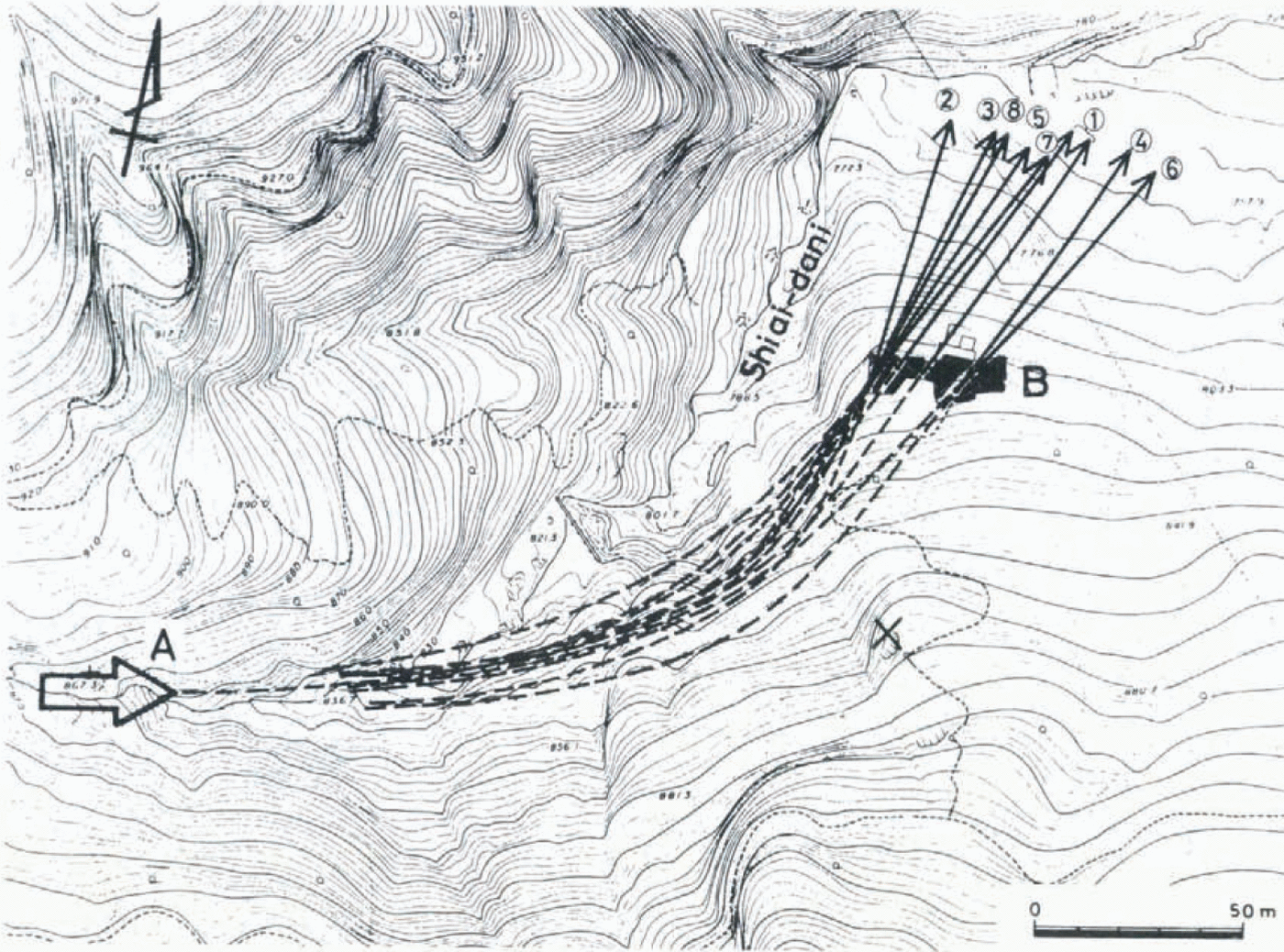
Fig. 1. Paths of high-speed avalanche in Shiai-dani. A: avalanche, 120 February-10 March 1972, definite date is unknown (steel framework), 2 19 January 1976 (avalanche rod), 326 February 1976 (avalanche rod), 45 January 1977 (wind tower), 5 5 January 1978 (avalanche rod), 6 22 January 1978 (wind tower), 7 1 February 1978 (avalanche rod), 8 20 February 1978 (avalanche rod); B: observation site.
The Kurobe canyon area is characterized by heavy snow-falls in winter as the result of an enormous amount of water vapour from the Sea of Japan transported by the strong seasonal north-westerly wind meeting the precipitous alpine range of this area in the vicinity of the coast. Snow accumulates up to 4 m at the terrace, and more than 20 m in the valley, in this area. Air temperature varies between -10 and +5°C in the cold winter season.
The building site has been selected as the observation site where a ferro-concrete building had been rebuilt 20 years after the accident of 1938. The site is accessible through long tunnels throughout the year, and electricity is available there. Two pyramidal mounds, each constituting a trigonal-pyramid stage of ferro-concrete of 4 m high, were set up at the top of the observation site to install instruments of avalanche measurements (Fig. 2). Observations and measurements on avalanches have been carried out at the site and in its vicinity, since the winter of 1971-72 (Reference ShimizuShimizu and others, 1972, 1973, 1974, 1975, 1977; Reference NakagawaNakagawa, 1979)
4. Observations and measurements of high-speed avalanches
4.1. Path of avalanche
The direction of an avalanche running through the observation site was determined from the bending of an avalanche rod, a thin copper tube of 6 mm diameter and 40 cm long, and also of the steel framework for the penetrometer and the steel pole of the anemometer set up on (Figures 2 and 3) the top of the site. From the results of the avalanche-rod bending, the topographical feature of the valley, and the general observation of avalanching in Shiai-dani, it was inferred that the avalanche assaulting the observation site could only be the one which originates in the upstream region of Shiai-dani, running down the straight and steep confined valley (Fig 3) at a high speed. Hitting the precipitous right bank of the S curve, the avalanche sharply turns to the left and assaults the building site, as shown by broken lines in Figure 1. The key to the solution of the problem of the generation of the avalanche blast which caused the Shiai-dani accident of 1938 may be found in this sharp turning motion of the avalanche (Reference OgasaharaOgasahara, 1966).
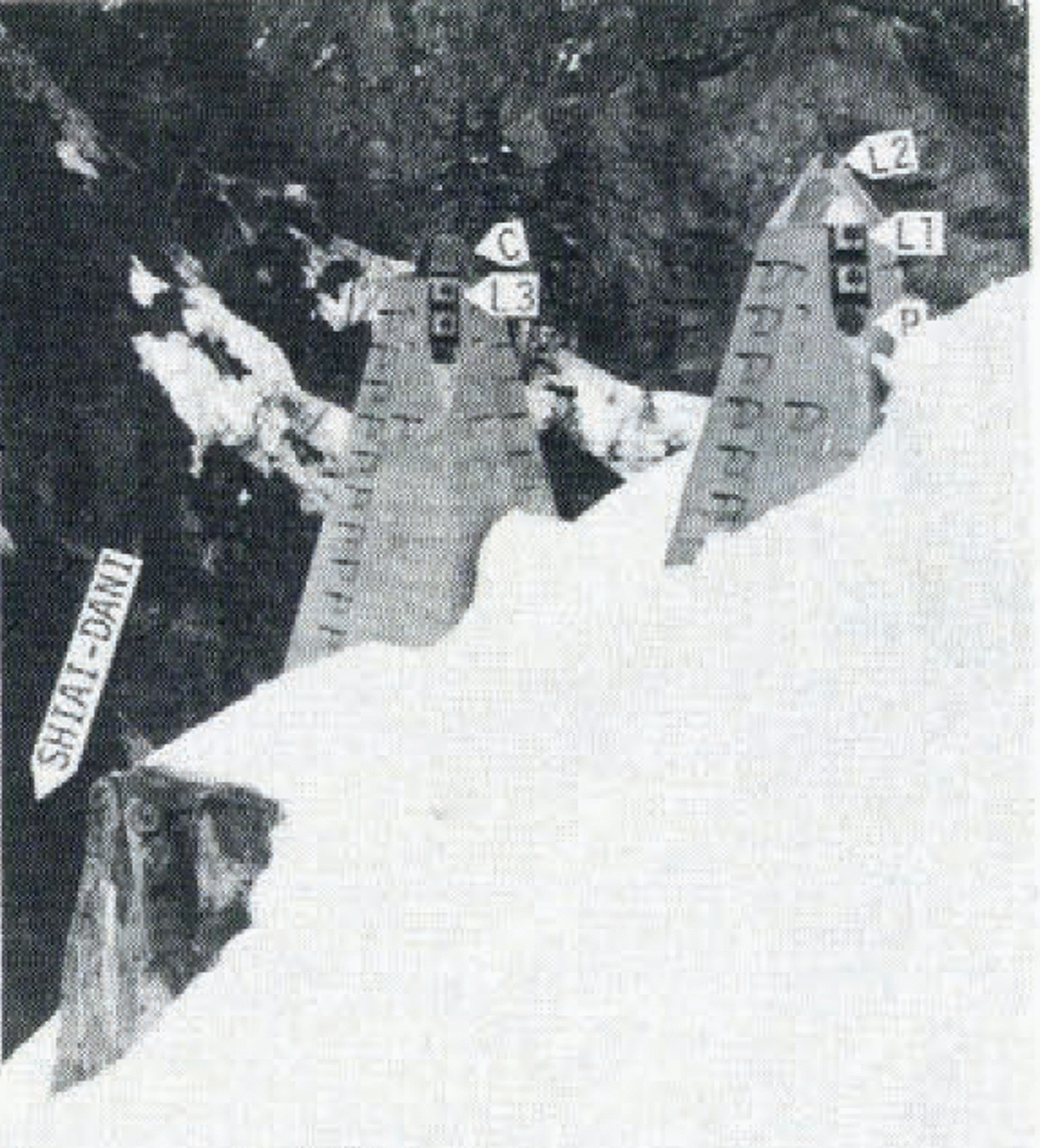
Fig. 2. Pyramidal mounds at Shiai-dani observation site. L1, L2, and L3: load cell; P: penetrometer; C; 8 mm movie camera.
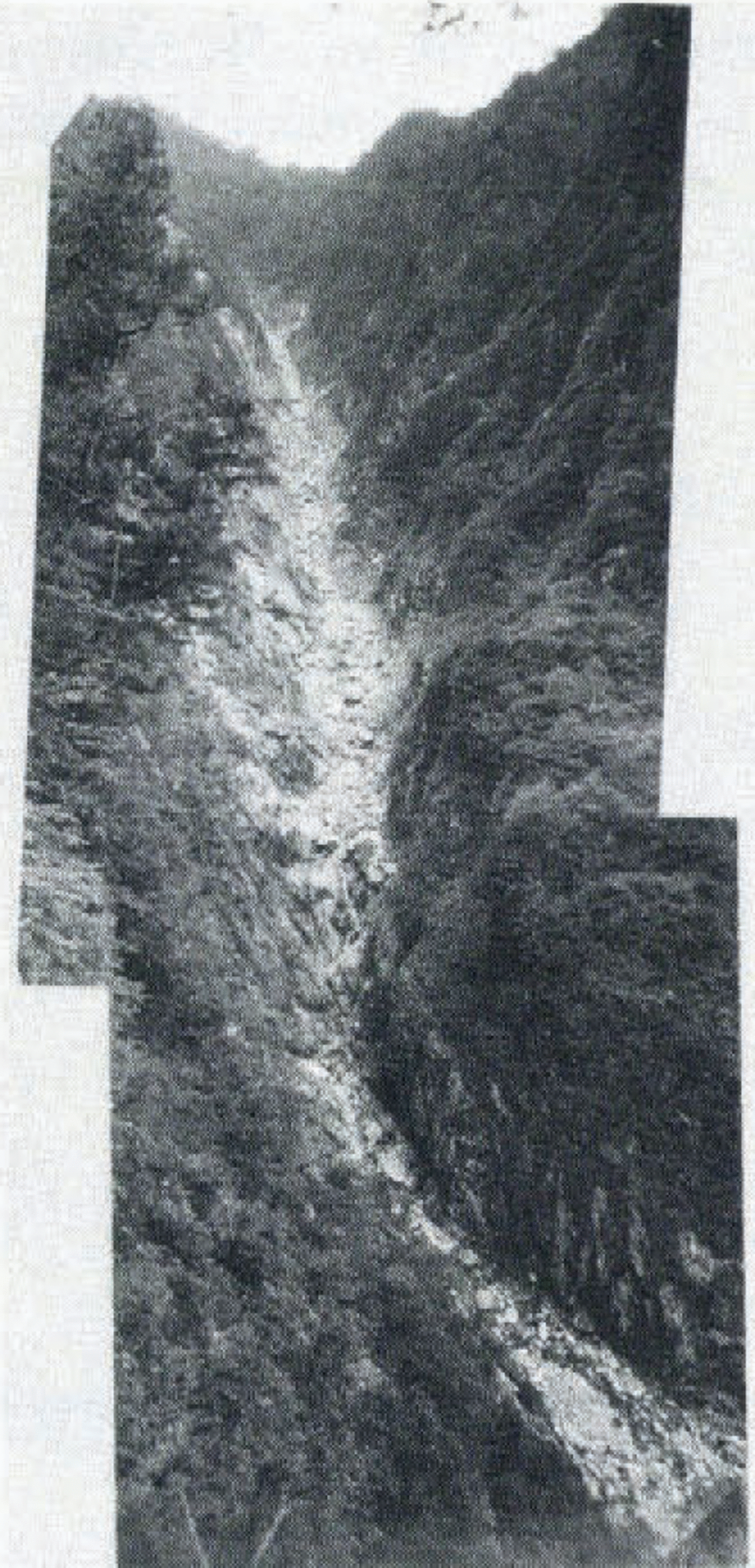
Fig. 3. Shiai-dani (lowest part of the picture is the entrance of the S curve).
4.2. Impact force of avalanche
At the beginning stage of the study, measurements were made of the impact force of an avalanche only by the penetrometer (aluminium plate, steel-cone type), although it had been designed for a static load. A penetrometer set in Azowara-dani recorded a value of 210 - 104 N m-2 in 1974, the largest value we have ever observed. Since the winter of 1973-74, a strain-gauge type load cell with a pressure plate 10 cm in diameter connected to a data recorder has been used to make detailed measurements of the impact force of an avalanche, the frequency characteristics of the load cell being flat in the range of 0-460 Hz.
Calibration was made of the penetrometer reading by referring to the load cell reading. A penetrometer and a load cell were connected in series mechanically, to which impact forces varying with the pulse width were applied: the pulse width was measured at the base of the pulse. As a result, the following became clear:
i. The two values, obtained by the penetrometer and the load cell, showed good agreement for an impact force with a longer pulse width than 0.025 s, but the penetrometer’s value appeared larger than the load cell’s value for a shorter pulse width; the shorter is the pulse width, the larger is the ratio of the penetrometer’s value to the load cell’s value, up to 3 for a pulse width of 0.0075 s.
ii. When static forces, differing in magnitude, were applied successively on a penetrometer, only the value for the largest single force was recorded. However, the penetrometer’s value increased successively by repeating application of a dynamic force.
As seen later, avalanches recorded at the Shiai-dani observation site have contained within them a number of impact forces with shorter pulse widths than 0.025 s. From the result of the calibration, it can be said that the physical meaning of the record of the penetrometer for a series of dynamic forces is not clear and that the penetrometer’s value is not adequate for discussion of the impact force of an avalanche.
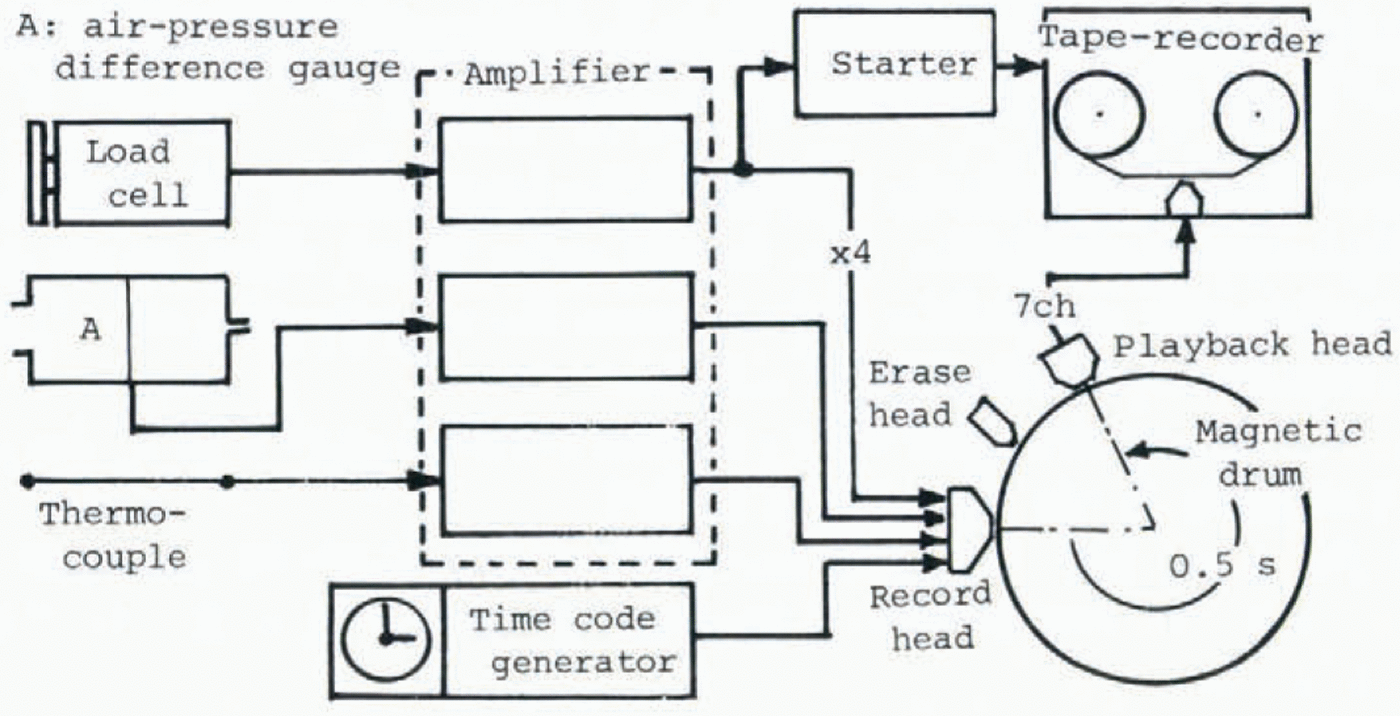
Fig. 4. A block diagrom of data-recorder system.
A block diagram of the data recorder used at Shiai-dani is given in Figure 4. Signals generated by a load cell installed on the pyramidal mound are always recorded on a rotating magnetic drum once and then erased in 0.6 s, while they are not recorded by the tape recorder which is on alert. As the first impact force of an avalanche which is larger than the threshold of the starter hits the load cell, the tape recorder is driven for 3 min automatically. The tape recorder attains the proper running speed 0.3 s after the start, and the triggering impact force is recorded on the tape 0.5 s after hitting the load cell through the mechanical time-delay circuit, namely the rotating magnetic drum. The data recorder has seven recording channels: six channels for four load cells, an air-pressure difference gauge, and a thermocouple, and one for a code of date and time modulating a 100 Hz signal. All the seven signals are recorded on magnetic tape in parallel simultaneously.
From the record of impact force of an avalanche by a load cell, some qualitative and quantitative properties of the avalanche can be deduced as follows:
i. The loading curve with time of one of these high-speed avalanches appears as a series of pulsed peaks, while that of a flow avalanche appears as a fluctuating continuous curved line (Reference ShodaShōda, 1968; Reference SchaererSchaerer, 1973).
ii. The duration of an avalanche can be a measure of scale of the avalanche.
iii. The maximum impact pressure P max of an avalanche can be a measure of instantaneous destructive force of the avalanche.
iv. As an approach to a study of the momentum of an avalanche, “a tube of avalanche flow", an imaginary tube within the avalanche which directly hits the load cell, was considered. Neglecting effect of the size of the load cell on the measurement of avalanche flow, calculations were made, applying a tube of avalanche flow to the load cell record, of the impulse of avalanche force per unit cross-sectional area, namely the impulse per unit area, which corresponded geometrically to the area between the loading curve and the base line:
(1)
where I is the intensity of impulse, P(t) the impact pressure, and t the time. Practical problems which have remained unsolved are the distribution of impact pressure in an avalanche and the position of the load cell in it, and these are essential for the discussion of the momentum of an avalanche as a whole, a change in the momentum being given as the impulse.
Applying these considerations, three avalanches Nos 74-1, -2, and -3 can be described from Figure 5 and Table I, as follows:
i. All the three avalanches which assaulted the observation site were principally composed of high-speed avalanche. (A larger snow block than 10 cm in diameter was scarcely found in the avalanche deposit over the observation site. This fact supports such an interpretation as described above.)
ii. Avalanche No. 74-2 was largest in scale, and the most powerful of the three in terms of intensity of impulse I, i.e. time effect of force.
iii. Avalanche No. 74-3 was the most powerful of the three in terms of a single impact pressure Pmax, i.e. the instantaneous destructive force, even though the duration t was extremely short.
On the morning of 28 February 1979, an avalanche assaulted the observation site. Four hours later, observations were made over the site. A wind tower, a steel pole 7 cm in diameter and 3 m long set up vertically on a pyramidal concrete-stage 2 m high, was bent by more than 90° in the down-stream direction at its base, while the concrete stage was completely exposed above the snow surface as it had been before.
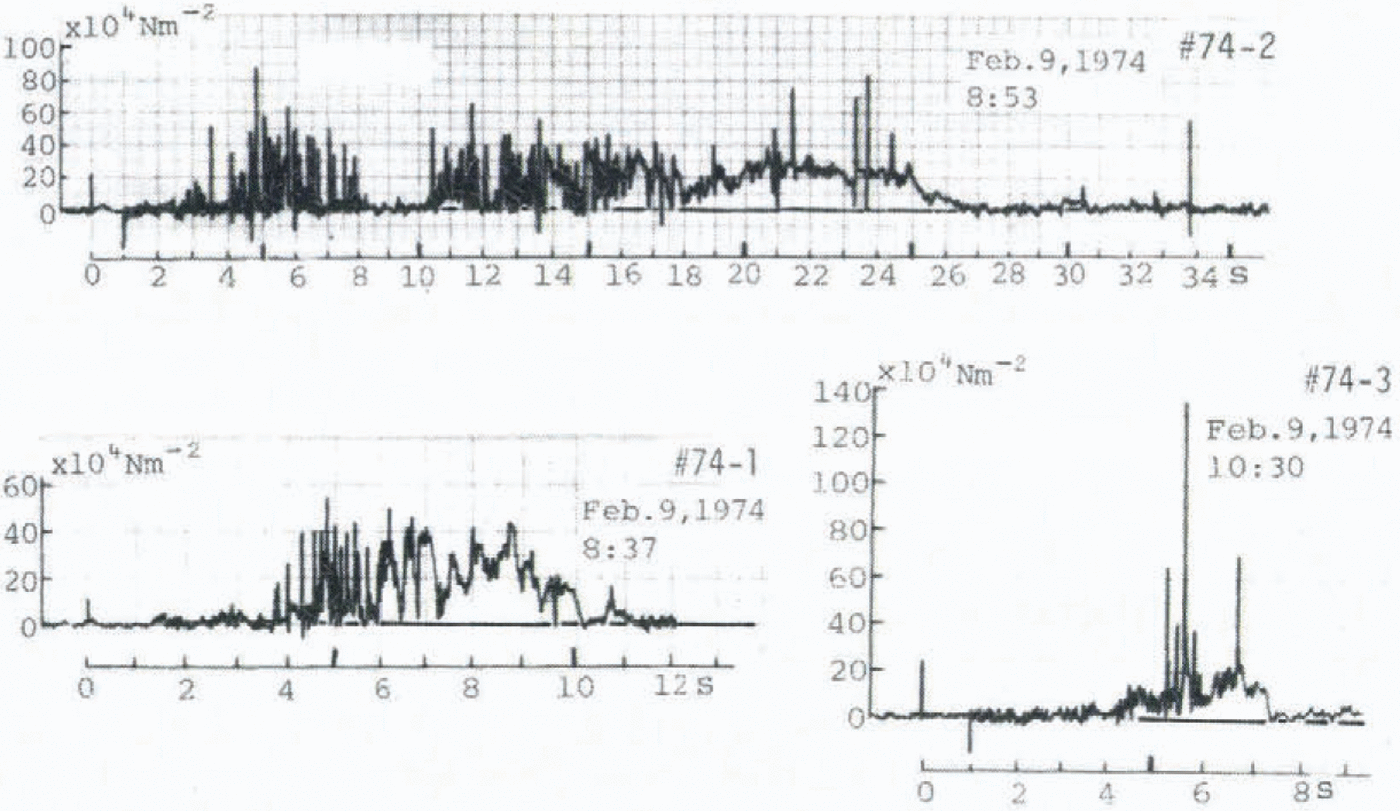
Fig. 5. Impact pressure of avalanches Nos 74-1, -2, and -3(Shiai-dani).
Table I. NUMERICAL DESCRIPTION OF AVALANCHES NOS. 74-1, -2, AND -3 (9 February 1974: Shiai-dani)

The avalanche deposit over the site was extremely thin, ranging from 20 to 40 cm in thickness, containing small lumps of snow of a few centimetres in diameter, even though the site was a terrace of 30 - 10 m2 approximately. These are evidence that it may have been an avalanche blast which assaulted the site in this case.
4.3. Speed of avalanche
Two kinds of measurements of the avalanche speed were made at Shiai-dani.
i. Speed of an avalanche front: An 8 mm movie camera installed at the observation site took a movie record of an avalanche falling down the right-bank slope of Shiai-dani, using a remote switch. The avalanche motion was recorded on 40 frames of the film in about two seconds. It showed that the front speed varied irregularly with location Figure 6 in the avalanche front and with time, and that the speed of the lateral and upper parts of the avalanche was generally slower than that of the central part. The front lines of the avalanche at the interval of ⅙ s were drawn on a picture (Fig. 6), from which the front speed of the central part of the avalanche was estimated. The front speed varied in a range between 20 and 60 m s-1 in this case. As this avalanche did not come up to the observation site, no other record was obtained.
ii. Speeds of internal wave fronts of an avalance: Two load cells were installed along an avalanche path so that the mean speed of an avalanche between them can be measured by dividing the distance by the travel time using the data recorder. Long-span measurements (60 m and 100 m spans between the observation site and the points up-stream of the valley) failed, because of difficulty in selection of adequate up-stream points. By a medium-span measurement (5 m span between two pyramid mounds at the observation site), some reasonable results were obtained, the remaining difficulty being to identify the correspondence of the impact forces recorded by the front load cell to those by the rear one; i.e. the definition of a wave front in an avalanche was frequently difficult. The results suggested that a high-speed avalanche contains a number of clear internal wave fronts, each differing in speed, ranging from 30 to 150 m s -1. Short-span measurements (45 cm span) were finally made by installing two load cells on the top of a pyramid mound. The wave front was fairly clearly defined by this method, as shown in Figure 7. From the results, it was confirmed that a powder avalanche contains a number of internal wave fronts which possess different speeds, widely ranging from 9 to 61 m s -1 (Fig. 8), and potential to generate impact force up to of the order of 105 N m-2 on hitting an obstacle. This is only one section of the whole moving avalanche. Interference between the successive wave fronts which possess different speeds and the resulting features of the avalanche in the next instants are not yet known.
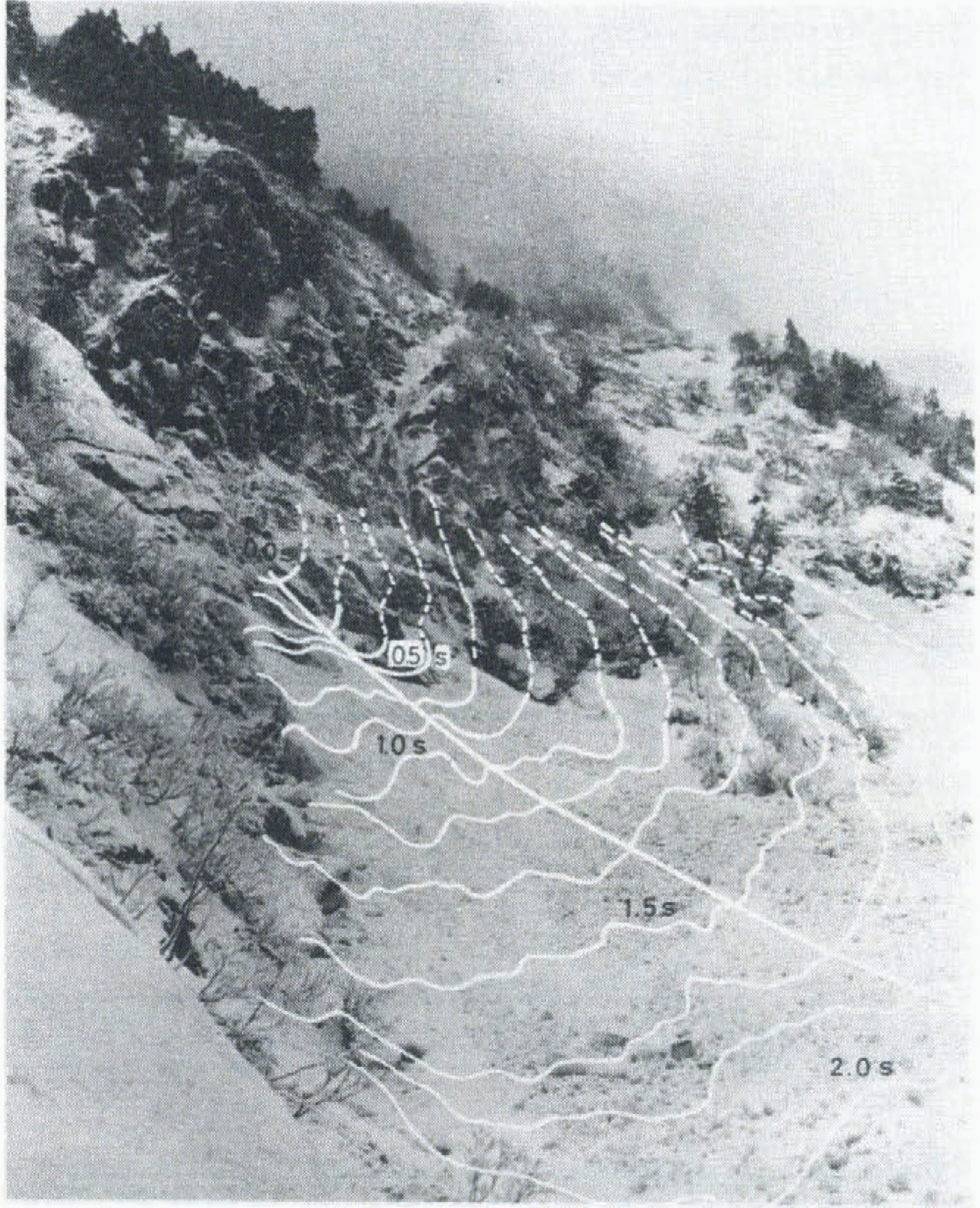
Fig. 6. Movement of an avalanche front (February 1978, Shiai-dani).

Fig. 7. Internal wave fronts of avalanche No. 78-11. Load cells L2 and L3 were 45 cm and 5 m in down-stream of L1, respectively (Shiai-dani).
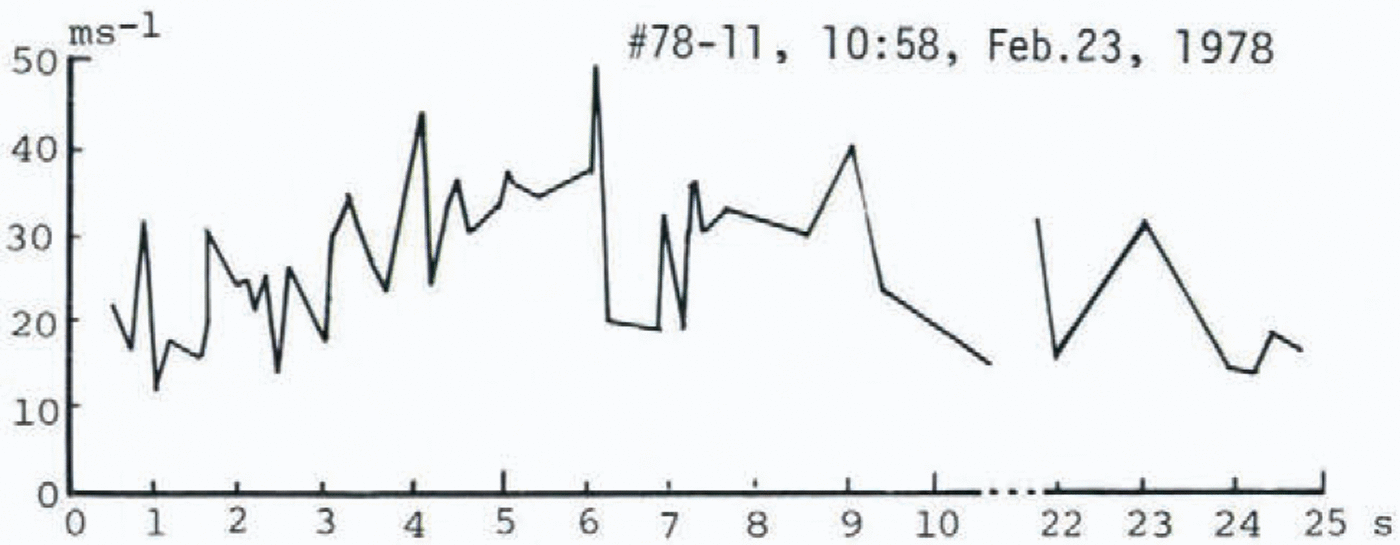
Fig. 8. Speeds of internal wave fronts of avalanche No. 78-11 (Shiai-dani).
4.4. Change of atmospheric pressure
The Orio-dani accident in 1938 suggested the occurrence of a sudden and large drop in atmospheric pressure in the vicinity of the path of a high-speed avalanche, hou. On the morning of 9 February 1974, three abrupt changes in atmospheric pressure were recorded by an aneroid barometer set inside the tunnel exit of Shiai-dani, as shown in Figure 9. Although no detailed feature of pressure change could be seen on this record, the following facts were confirmed:
i. They occurred at the times corresponding to avalanches Nos 74-1, -2, and -3, respectively.
ii. The maximum pressure depression was -21 mbar for No. 74-2, which was of the same order of drop as those caused by tornadoes.
iii. A trace of pressure rise, up to +2 mbar, was also noticed in each case.
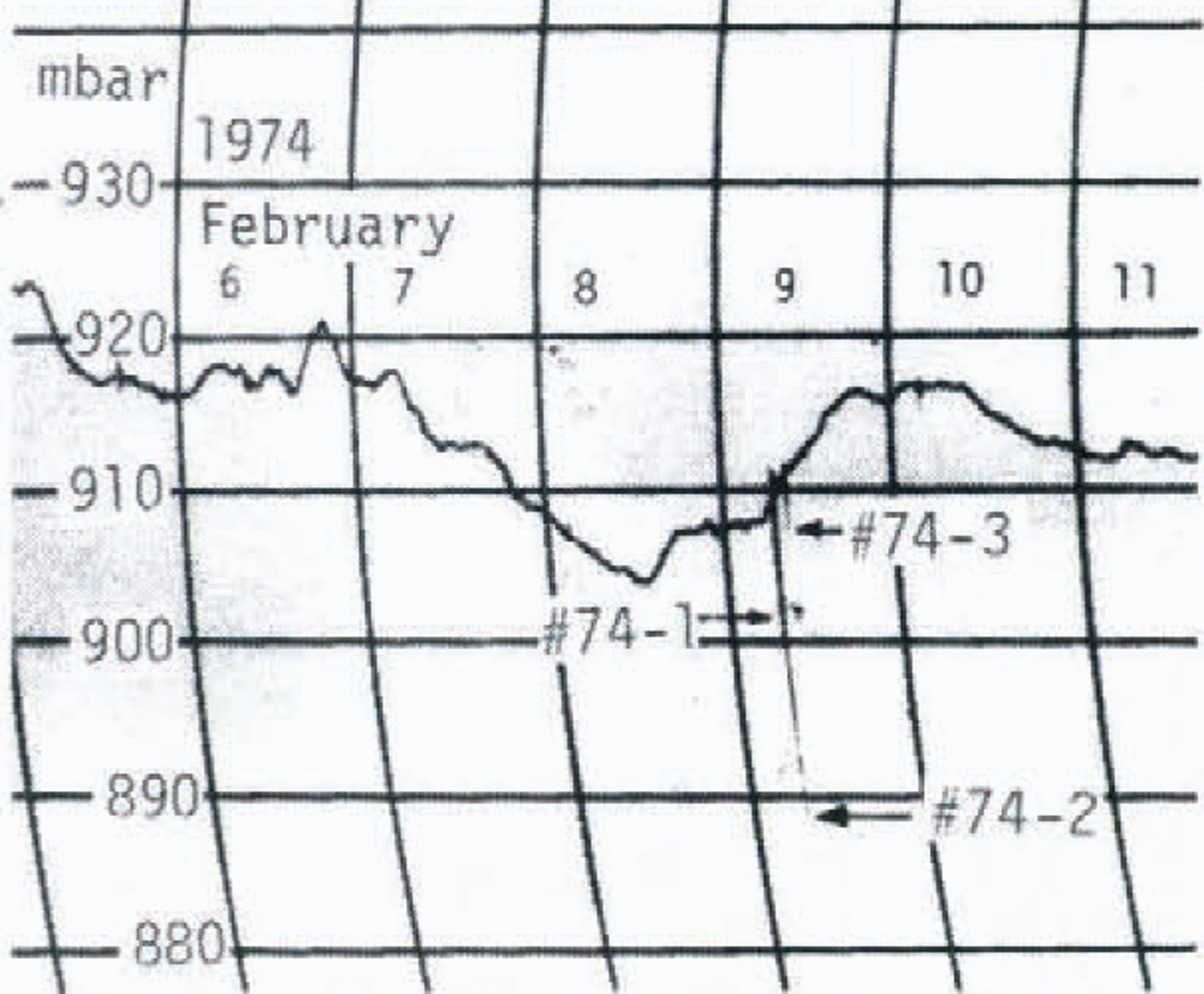
Fig. 9. Change of atmospheric pressure caused by passing of high-speed avalanche, recorded by an aneroid barometer (Shiai-dani).
The pressure drop in a fluid in motion depends upon its velocity by Bernoulli’s theorem. On the assumption that the high-speed avalanche was a steady flow of incompressible fluid, a pressure drop in an avalanche moving at a high speed was calculated, as a trial, as:
where p is the pressure drop in millibars, p and p' the normal atmospheric pressure and the pressure in the How also in millibars, respectively, p the density of air (1.3 kg/m3), and v the speed of flow in metres per second. The result was that avalanche No. 74-2 which generated a pressure drop of—21 mbar in the surrounding air was supposed to have run at a speed faster than 57 m s-1
Since 1977, an air-pressure-difference gauge of the strain-gauge type has been used connected with the data recorder to investigate this phenomenon in more detail. Some examples of the record are shown in Figure 10. A common tendency of the pressure change was observed in the pattern in which negative pressure appeared at the beginning and positive in the subsequent part, after which several more seconds were necessary for the pressure to get back to its normal value after the avalanche. The pressure drop was not remarkable in some cases, and it showed multiple peaks in other cases. The differences in the pattern of pressure change could he caused by the difference in speed and structure of the avalanche.
The phenomenon of air-pressure change was experienced physiologically several times in 1978 in the Shiai-dani tunnel. When a hou passed through the observation site several metres above the exit of the tunnel, which was opened in the down-stream direction of the avalanche, a tent set up in the tunnel fluttered violently, and persons there had pain with their ear drums. Then a snow cloud rushed into the tunnel blowing off articles there. According to the record, the pressure change in such cases ranged from -14 mbar and +1.5 mbar, at maximum.
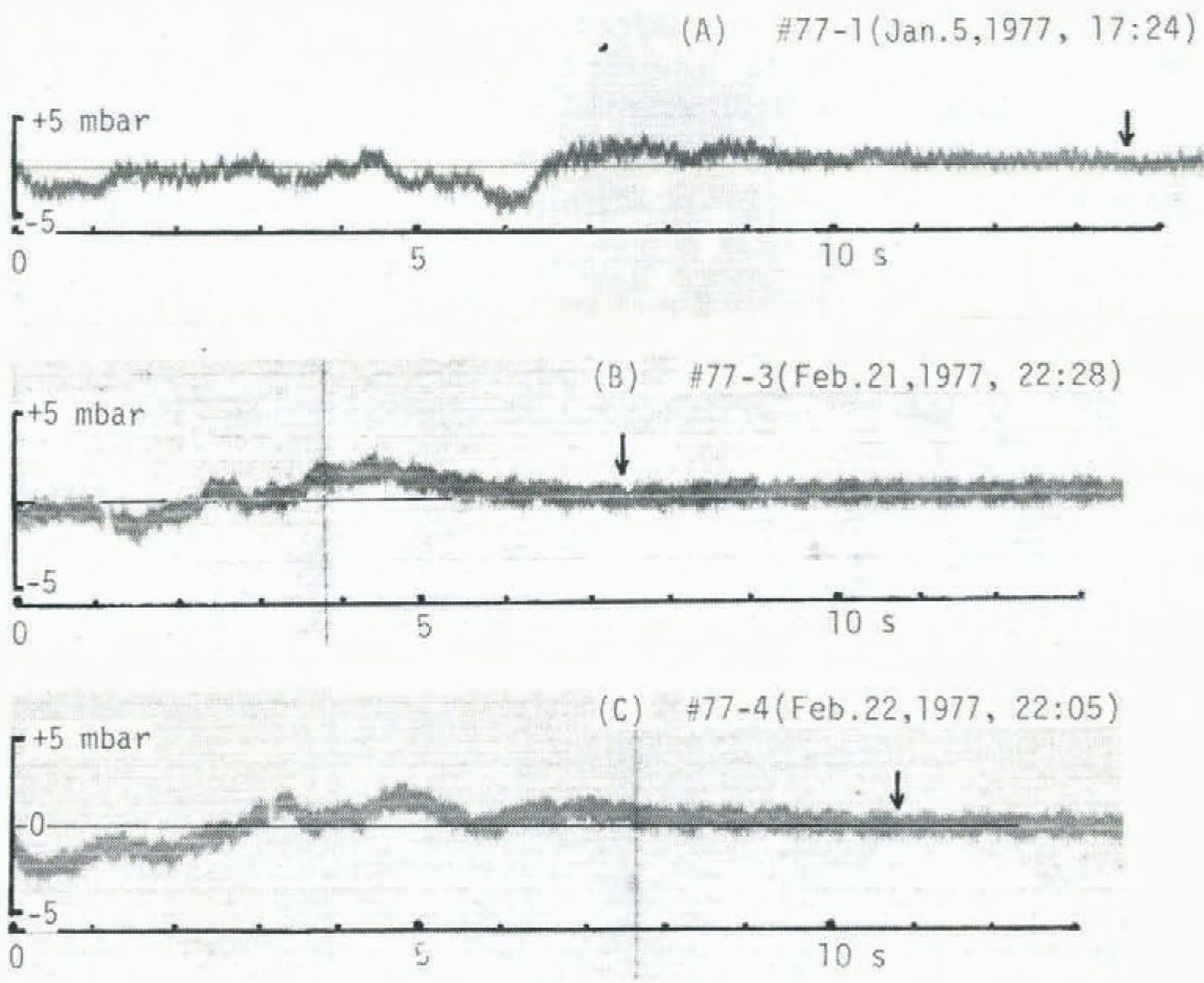
Fig. 10. Change of atmospheric pressure caused by passing of high-speed avalanche, recorded by an air-pressure-difference gauge of strain-gauge type (Shiai-dani).
5. Conclusion
Although a number of avalanches break out in Shiai-dani in winter, only a few of them hit the observation site on a cliff in the valley. The avalanche thus observed at the site was presumed, from the records obtained by the data-recording system, to be a “large-scale highspeed avalanche”, which occasionally breaks out during or immediately after a heavy snow-fall assisted by a strong wind hitting the unstable snow cover.
Measurements of impact force of such avalanches using a strain-gauge type load cell disclosed the largest impact pressure to be 140 - 1O4N m-2. The results of speed measurements showed that an avalanche contained a number of internal wave fronts which possess different speeds, ranging widely from 9 to 60 m s-1 at least. When a high-speed avalanche passed by, abrupt change in atmospheric pressure was generated in the vicinity of its path; the largest change recorded was —21 mbar, which was of the same order of depression as those caused by tornadoes.
Direct observation of the actual features of the avalanche with the naked eye, and analysis of the records obtained by the data-recorder seem to be needed to further the study on highspeed avalanches in the Kurobe canyon, at the present stage.
Acknowledgements
The research was supported by the Ministry of Education, Japan, under Grant No. 002012. We would like to thank our colleagues and students who helped with the field work. Kansai Electric Power Co. offered logistic support for our research operation, for which we express our thanks.


